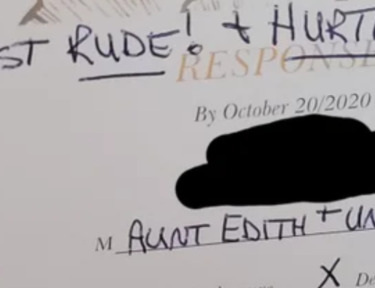Are You ‘Middle Class’? We Were Surprised To See What Income Levels Qualify
What does it mean to be middle class in the United States? There is more than one answer to that question. While over 50% of the population generally considers themselves to be middle class, they may not all be using the same definition.
For some, middle class might simply mean that they don’t consider themselves poor or rich, so they’re somewhere in the middle. Others might be adding statistics to make their assumption that they’re middle class more accurate.
When you think of “class” you may be thinking just about money, but some Americans consider themselves middle class not based on their paycheck but based on other factors, such as goals, like a hope for a better life for your children, and the feeling that you’re pretty average when it comes to other Americans as opposed to more powerful or less powerful.
While there are lots of factors that go into what actually makes someone middle class, one factor does have to do with income. There are exceptions though, such is if your family is rich and you hardly have an income that doesn’t make you poor or middle class – you’re still upper class, but for most Americans, their income is probably a somewhat accurate factor of whether or not they are technically middle class.
According to the Pew Research Center‘s definition of middle class, any household that earns anywhere from two-thirds of the median income to double the median income is middle class. For example, in 2021, according to the U.S. Census Bureau, the median income was $70,784. According to Pew, that would mean that any household earning between $47,189 and $141,568 would be considered middle class.
Don’t be too quick to use those numbers to decide if you’re middle class or not. Median income varies depending on where you live. In some cases, earning as little as $42,000 or earning as much as $232,000 would still mean that you’re middle class.
Here’s the breakdown for income that defines middle class in 20 U.S. metro areas according to the Pew definition and the 2021 U.S. Census Bureau data:
- New York, Newark and New Jersey – $56,000 to $169,000
- Los Angeles, Long Beach and Anaheim – $55,000 to $165,000
- Chicago, Naperville and Elgin – $52,000 to 156,000
- Dallas, Fort Worth and Arlington – $51,000 to $152,000
- Houston, The Woodlands and Sugar Land – $47,000 to $$142,000
- Washington, Arlington, and Alexandria – $74,000 to 221,000
- Philadelphia, Camden, and Wilmington – $53,000 to $160,000
- Miami, Fort Lauderdale, and West Palm Beach – $43,000 to $128,000
- Atlanta, Sandy Springs, and Alpharetta – $52,000 to $155,000
- Boston, Cambridge, and Newton – $67,000 to $202,000
- Phoenix, Mesa, and Chandler – $50,000 to $151,000
- San Francisco, Oakland, and Berkley – $77,000 to $232,000
- Riverside, San Bernardino, and Ontario – $51,000 to $154,000
- Detroit, Warren, and Dearborn – $45,000 to $134,000
- Seattle, Tacoma, and Bellevue – $68,000 to $203,000
- Minneapolis, St. Paul, and Bloomington – $58,000 to $175,000
- San Diego, Chula Vista and Carlsbad – $61,000 to $182,000
- Tampa, St. Petersburg and Clearwater – $42,000 to $126,000
- Denver, Aurora, and Lakewood – $60,000 to $181,000
- Baltimore, Columbia and Towson – $58,000 to $173,000
By the Pew definition, are you middle class? Do you consider yourself middle class?




